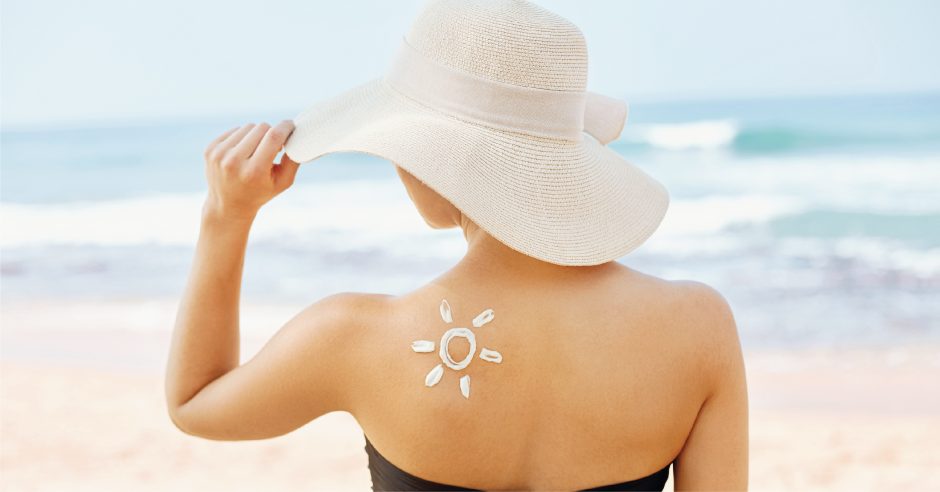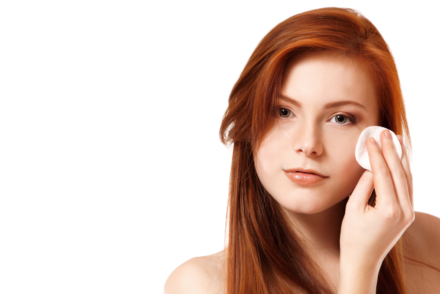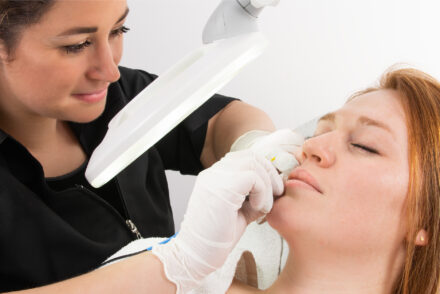Who doesn’t enjoy a good sunbath in the summer? Am I right?! However, while it provides vitamin D that is beneficial to our entire body, it is important to know more about the sun’s rays that affect our skin on a daily basis and to protect ourselves during sun exposure. Here’s why and how to choose the right sunscreen for your skin type. UV Rays
Ultraviolet radiation is invisible radiation that emits in the wavelength range of 100 to 400 nanometers (nm). A nanometer is one billionth of a meter. It has a shorter wavelength than visible light and contains more energy. The main source of ultraviolet rays in our lives comes from the sun, but they can also come from tanning beds and industrial equipment such as welding torches.
The difference between UVA and UVB
UV radiation is divided into 2 types of radiation, UVA and UVB. They are differentiated by their wavelength. The shorter the wavelength of UV radiation, the more damaging it is to the skin. Nevertheless, it penetrates less deeply into the atmosphere and the different layers of the skin.
UVA radiation has a longer wavelength than UVB radiation and therefore reaches the earth’s surface to a greater extent. In fact, 95% of the sun’s UV radiation that reaches the earth is UVA radiation. Because UVA has a longer wavelength, it can penetrate deeper into the skin, causing an immediate tan. On the flip side, it’s also responsible for skin aging and the formation of wrinkles.
UVB rays have a shorter wavelength than UVA rays and are therefore much less present at the earth’s surface. However, they have more energy than UVA and therefore have a more severe impact on the skin, even though they cannot penetrate as deeply as UVA rays. They are the main cause of sunburns, skin cancers and melanomas. That’s why it’s important to use sunscreen and know which SPF is best for your skin type.
Sunscreen
What to do when faced with all the different types of sunscreens available on the market? What SPF to get? SPF is the sun protection factor that tells us how long our skin is protected from the solar rays. An SPF lower than 15 is not recommended for sun exposure, as this type of product does not offer sufficient protection. Here is a table showing the different sun protection factors and the % of UV rays they block:
|
SPF 15 |
Blocks about 93% of the rays |
|
SPF 30 |
Blocks about 97% of the rays |
|
SPF 50 |
Blocks about 98% of the rays |
|
SPF 70 |
Blocks about 98,3% of the rays |
As you can see, an SPF of 50 blocks only 1% more rays than an SPF 30. Surprising, isn’t it? It is proven that using a high SPF gives a false sense of security. As a result, it is applied less often, if at all, during the day, which is not recommended. Also beware of the term “sunblock” or “total protection”, several countries have banned this mention on the labels of sunscreen products, because none of them can block 100% of UV rays, regardless of the SPF used. Choose mineral-based sunscreens, such as zinc oxide and titanium dioxide. They are natural and offer better protection than chemical filters.
It is important to know that all sunscreen products sold in Canada must be registered with Health Canada and with the FDA for the United States, which ensures the consumer that they are effective and safe. However, it is essential to respect the time frame after opening the product, beyond which, the effectiveness is no longer guaranteed (look for the open jar icon; time frame is written inside, generally between 6 to 12 months).
A little math
Here’s a little tip to find out your natural sun protection factor. You need to calculate the number of minutes before you feel the effects of the sun on your skin (less comfortable heat and tingling). If, for example, it takes 10 minutes to feel the sun’s effects, your natural protection is 10. Now multiply that number by the SPF of your sunscreen. Example: 10 x 30 (SPF of 30) = 300, so you need to reapply SPF 30 sunscreen every 300 minutes to avoid sunburn. Of course, those with very fair skin will have to be careful with the results of the calculation, and plan to apply 30 to 45 minutes before then! Finally, if you are swimming or sweating, it is advisable to reapply sunscreen more often. Generally, we don’t take any chances and reapply the product every 2 hours or according to the specifications included on the package.
Remember, moderation is the better option. Have a great summer, sunscreened up!
Pssst! Take a look at our 100% natural mineral Biomi








No Comments